“Going Dark” With a New Kind of Pencil
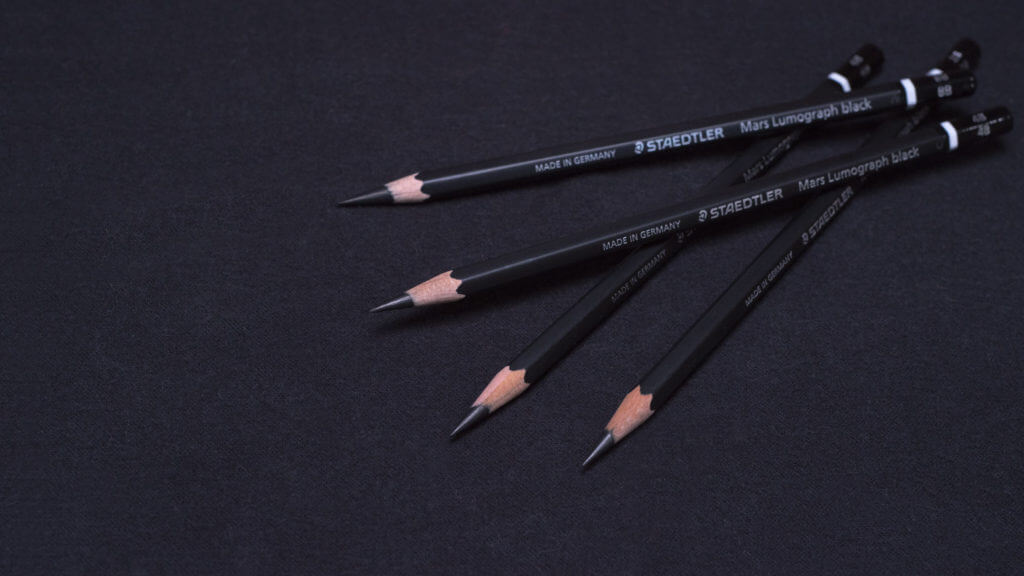
Before we get started, I have to say that I'm a little late to this party. The "new" pencils I'm about to discuss here have actually been available in some parts of the world for over a year already, and I've had a set lying around the studio for some time. Life being what it is, however, I didn't get to using them right away, and wanted to make time to test them properly before writing about them. So they may not be new, but they're new to me. Since they're not widely available in stores (yet), I'm guessing they will also be new to most readers.
I'd also like to make clear that what follows is my attempt at an objective product review. Vitruvian Studio has no connection to or affliliate relationship with Staedtler.
Staedtler is a German manufacturer of pencils and other drafting supplies, and they threw us a bit of a curve last year. Their Mars Lumograph has been our pencil of choice here at the studio since – well, since before we opened the studio. They hold a point well, the lead quality is consistent, and for years they offered a killer feature: the ability to achieve significantly darker values than "ordinary" graphite. The secret was in their 7B and 8B pencils, which contained some amount of carbon. This allowed the pencils to draw darker than graphite because they were darker than graphite, and did so without the dreaded "graphite shine" that plagues the medium. I became so attached to these pencils that I used to joke that if Staedtler ever changed or discontinued the product, I'd be in real trouble.
Well, last year it happened. We received a shipment of new pencils at the studio a few months ago and we noticed something wasn't right. First, there was a Mars Lumograph 9B that we hadn't seen before, but more importantly, the 8B and 7B were... different. Gone was the dense, inky blackness that used to grace these pencil leads, and in their place was a familiar silvery grey – in other words, the Staedtler Mars Lumograph 7B & 8B are now just "normal" graphite pencils that lack the added carbon – and therefore the darkness and shine-free characteristics – of the previous generation.
Ugh...
My first instinct was to panic, but that impulse was short lived. If Staedtler had indeed abandoned making darker pencils, there are alternatives such as the Kimberly 9XXB, which offers similar characteristics. But further research revealed that Staedtler's changes weren't as drastic as I had feared. The darker leads of the 7B and 8B aren't gone, they've simply been spun-off into a new product: the Staedtler Mars Lumograph black (the lower-case "b" appears to be part of the brand name). I acquired a set of these pencils a few months ago, and I've finally had a chance to use them. I'm happy to report that they're good.
Why do darker pencils matter?
Unlike the previous generation of Mars Lumograph, the entire black line is made to draw darker than graphite alone. This addresses one of the core limitations of drawing with graphite in the first place: limited values. Even the softest of graphite pencils will only go so dark. Press as hard as you want, you'll never get the value to go darker than around a value 3 on a Munsell scale. That means if you choose to draw with graphite, you're sacrificing nearly a third of the value scale from the get go.*
Why does this matter? Well, in a way it doesn't. Just look at metalpoint for evidence that a full range of values isn't required to make beautiful drawings. But if our aim in drawing is to describe form, light and space as fully as possible (which for me it is), then the ability to "go dark" is desirable. A full range of values can make lights seem brighter, forms seem rounder and spaces seem deeper than they would otherwise. A broad range of values provides artists with a robust vocabulary for describing things. Limiting that vocabulary may well compromise our efforts.
*In part, this is true of all dry media. Even charcoal (everyone's favorite alternative to graphite) is only around a Munsell value 2 – darker than graphite, but not much.
Why The Change?
At first, I was irritated that Staedtler eliminated the carbon-added 7B & 8B from the standard Mars Lumograph line. It was convenient when they were included in a set, requiring no separate purchase. Also, replacing these with yet more soft graphite pencils seems like a waste – is a sans-carbon 7B really any more useful than a 6B when neither one will draw darker than a Value 3 anyway?
That said, I think I understand why they did it. I can't speak for the company, but I can imagine that they lost as many customers as they gained by including carbon-laced pencils by default. Not everyone wants a pair of weird, waxy pencils in their graphite set, so splitting them off into a separate product makes sense: keep them available for those who want them, but don't force them on everyone else. Also, this kind of rebranding provides an opportunity to overhaul and improve the product, which Staedtler appears to have done.

What's Different?
Like their 7B & 8B predecessors, the Mars Lumograph black pencils deliver substantially darker values than graphite alone. Staedtler's website promises "jet black results" but I chalk this up to marketing speak. In my testing, the darkest value achievable with these pencils is just a whisper lighter than a Munsell value 2 – similar to charcoal, but well north of actual black. This is no worse than the previous generation, however, and is a limitation to be expected from dry media.
There are some notable differences, however. Most importantly, Staedtler is giving more of it's pencils the carbon treatment. Previously, the darker leads were to be found only in the 7B & 8B. The black line preserves the 8B but ditches the 7B, offering in it's place is a 2B, 4B and 6B, each containing an increasing amount of carbon. This is really interesting because it appears Staedtler is trying to address a problem that's long bothered me about the previous generation: the apparent jump in value between the 7B and the other graphite pencils in the lineup.
If you've ever taken a course with me (online or at the studio), you already know that I tend to shun most B pencils because of their penchant for "burnishing" – a condition where the graphite film becomes reflective, polished-up by the back-and-forth of the pencil point (more info about that here). Consequently, I don't often use graphite-only pencils much softer than HB. With the previous generation of Lumographs, if I needed values darker than what HB could safely deliver, I'd jump all the way down to the darker, carboniferous 7B – which is a big jump. For in-between values (usually around a Munsell value 4 or so), I'd use both HB and 7B together, mixing them on the page. It worked, but HB to 7B has always felt like a bit of a leap. The black pencils provide a nice solution. The addition of 2B, 4B and 6B, each incrementally darker with increasing amounts of carbon in the leads, helps to bridge the gap between lighter graphite pencils and the heavy darkness of the 7B and 8B of yore.
Appearance
First off, these pencils look different because... well... they're black. The Mars Lumograph remains it's trademark glossy blue, but the Mars Lumograph black pencils are matte black. Beyond that, the appearance is very similar. Both pencils have the same hexagonal cross-section, the same debossed silver typeface, and the same imprinted lead identifiers on the ends.
I like this change. The design and type cues clearly indicate that these two pencil families are related, but the color makes them easily distinguished from across the room. With the previous generation, hunting for a 7B in a crowded pencil box could be a chore because they all looked so much alike.
The black pencils also appear to be slightly heavier. This is hardly a scientific test, but using my food scale at home, a Mars Lumograph 2B weighs in at 3 grams, while a black 2B of the same length tips the scale at 5 grams – perhaps not enough to notice, but heavier nonetheless. I'm guessing the difference lies in the carbon leads and whatever binder is required to hold them together.
I can't tell if it's just my imagination, but the black pencils also feel slightly thinner. I'd need some precision calipers to know for sure, but the blacks feel a bit different in my hand. If true, it's not great for me because I've got big hands and thinner objects are harder to hold (I'm looking at you, iPhone).

Performance
I won't say much here about how these pencils handle for drawing lines. Since I plan to use these pencils for developing tonal value passages, that's what I'm going to focus on.
I did 4 separate tests to see how these pencils compare, both to the current graphite-only* Mars Lumograph, and to the previous generation's 7B and 8B since these are the pencils that have actually changed. The tests were conducted on Strathmore 400 series drawing paper with medium tooth. The color of the paper is slightly yellowish (specifically, a Munsell 10Y), which influences the color of the pencil material, but since I'm using the same surface for both pencils, I think we can still make meaningful comparisons.
*It's true that most graphite pencils contain some combination of graphite and clay, but for simplicity's sake I'm going to refer to those pencils without added carbon as "graphite-only".
Test #1: Moderate Pressure
The first test I performed was to compare the value of each black pencil – 2B, 4B, 6B and 8B – next to its counterpart in the current, graphite-only Mars Lumograph line. The purpose of this test was to see how the values compare with moderate pressure. "Moderate pressure" is a little hard to quantify, but in this case I wasn't trying to draw lightly or heavily. I just tried to keep the pencil point in continuous contact with the page and let the material accumulate.
My first observation was that there's not a huge value difference between the two at this level of pressure. The black pencils are definitely darker, but only by about a quarter-step on a Munsell scale.
The blacks also appear warmer in hue. Graphite is naturally somewhat bluish, which gives the blacks a slight yellowish appearance next to them. Of course, the paper I tested on also has a yellow cast to it, so there's that, but even side-by-side on the same page, the black pencils are definitely warmer and slightly more chromatic.
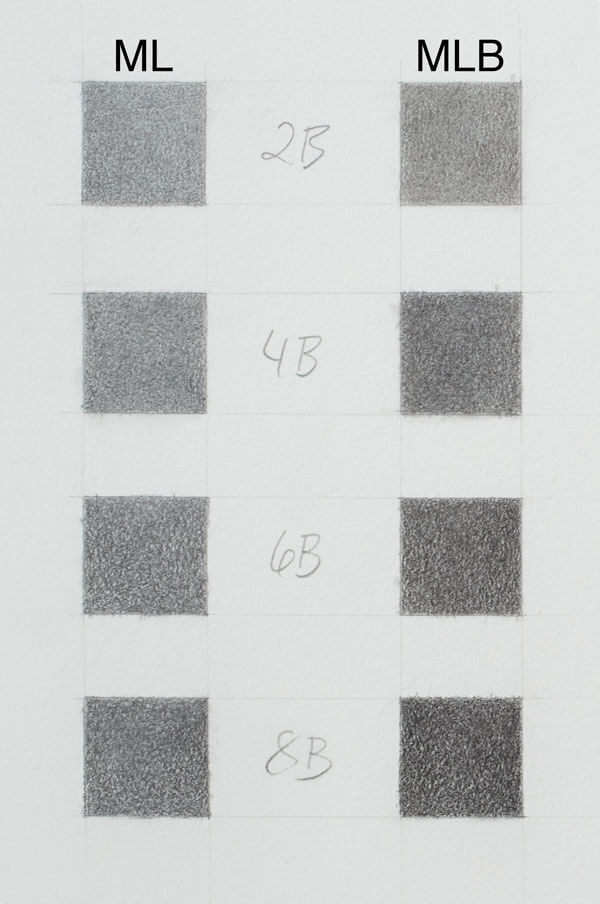

What was also noticeable immediately was the different lead consistencies between the different Black pencils. The 2B in particular is unlike any other Staedtler pencil I've tried. It has an almost chalky brittleness to it that feels kind of like a charcoal pencil. It held it's sharp point for a surprisingly long time, and despite not pressing hard I feared scratching the paper. This isn't necessarily a bad thing – the pencil may prove useful for those intermediate darks I mentioned above, but it's worth noting here. The lead-feel became increasingly more silky down the line, with the 8B feeling almost oily – more like a Cretacolor Nero oil charcoal pencil than the waxy 8B of the previous generation.
Test #2: Heavy Pressure
For this test I repeated the same sequence as above, but this time I really let it rip on the pressure, digging-in hard in an effort to flatten the tooth of the paper. Just to be clear, THIS IS NOT HOW I DRAW. Flattening the tooth of the paper is never advisable – it's damaging, limits the paper's ability to retain the material, and can cause pencil strokes to stand out starkly. But for this test, I wanted to do two things: 1) push the values as dark as possible, and 2) compare the amount of "burnishing" or "graphite shine" each pencil would deliver when forced.
As in the previous test, there's not a huge value difference between the blacks and the conventional graphite pencils – at least when viewed head-on. The blacks are darker, but only slightly. The difference gets more noticeable down the line, however, exposing a core limitation of graphite pencils: they only go so dark. The graphite-only 8B really isn't much darker than the 6B, which isn't much darker than the 4B. But in the blacks, there's a more noticeable jump in value between the different pencils – the darker variations really are darker, not just softer.
Where the blacks really out-perform their graphite counterparts, however, is with respect to burnishing. The 8B black displayed no shine at all, even at maximum pressure. This may be evidence that it contains no graphite, but it's hard to know. All I can say for sure is that it's completely matte, like charcoal. On the other end, though, the 2B black burnished considerably under pressure. I was disappointed by this at first, but it makes sense now that I think more about it. The 2B, 4B and 6B blacks are meant to be transitional pencils, bridging the gap between harder H pencils and the inky 8B. As such, they probably should contain at least some graphite. This will allow drawings that employ both types of pencil to maintain a more consistent appearance throughout the value scale, and possibly allow the blacks to blend better with other pencils in transitional areas.
It's worth noting that while the 2B could be coaxed to produce a burnished shine, it was far less noticeable than its 2B counterpart – in other words, it burnishes, but burnishes less than a standard graphite pencil. Keep in mind to use it delicately. As with all graphite pencils, don't force it. If you require a darker value than what the 2B black seems comfortable delivering, put it down and pick up a darker one.


Test #3: Stumping and Erasing
I make liberal use of blending tools while drawing. They're useful for creating continuous value transitions and for combating the "graininess" of the paper tooth – which I find distracting, particularly in shadows. In this test, the black pencils performed as well as can be expected. The difficulty here is that these pencils contain a binder of some sort to keep the carbon and graphite content of the leads combined. I don't know exactly what the binder is, but it gives the pencils a slight waxy or oily feel – kind of like a colored pencil. The material on the page has a sticky stiffness to it that is markedly different from the fluid, slipperiness of pure graphite. As such, doesn't flow quite as well on the page when manipulated with a blender. I'm used to this, because the older generation 7B and 8B behaved much the same way, so not much has changed here, but it does take some getting used to if you're new to these pencils. I wish they were a bit more fluid, but they are what they are.
The binder also affects the erasability of the blacks. These are dark pencils, and the material sticks to the page a little when applied, so it's logical that they won't erase fully (unless you're drawing very lightly). But they remain surprisingly workable. A kneaded eraser was able to remove about 50% of the material with one pass on a moderately dark 4B passage, and vinyl eraser a little more. This is about as much as I would expect, and frankly, it's as much as is needed. As I frequently tell students, you shouldn't really be using these pencils until you have a pretty good idea how dark you need to go and where (doing value studies helps enormously with this.) In other words, if your drawing procedure is well-organized, you shouldn't need to erase that much. Use of the eraser is then confined to making relatively subtle value adjustments, not for removing the material completely.


Test #4: Combining with Other Pencils
Critical to modeling form is the ability to organize values into progressions – subtle gradients from light to dark that describe the turning of surfaces away from the light. A progression can span a very broad range of values, and as such can require the use of a variety of pencils: hard H's for the lightest parts (or even chalk if you're drawing on darker paper), down to the softest/darkest pencils available for the darkest. If our progressions are to be seamless, our pencils have to "play nice" together. They must be capable of mixing on the page in a kind of relay as our 9H gives way to 6H, to 4H, to 2H and so on, passing our target value down to the next pencil in the queue.

As I mentioned above, there was previously a bit of an awkward jump in the Mars Lumograph lineup, where HB values reached a point where a darker pencil (not merely softer) was necessary to reduce burnishing, but that meant jumping down to a 7B. This is were the 2B and 4B blacks really earn their keep, providing a nice transition from an HB without fear of burnishing, or of going too dark too soon. The lead in the 2B black is visibly lighter in value than its siblings, meaning it likely contains more graphite relative to carbon. Although I can't say for sure, I'd bet there's some sort of hardener in there, too – perhaps clay as is found in other graphite pencils – that gives the lead its drier, more brittle quality. Whatever it is, the 2B is ideal for making the transition from an HB down into darker half of the value scale. The carbon content of the lead allows for the right amount of darkness without (much) burnishing, but the hardness of the lead prevents one from going too dark accidentally – a perennial risk when using a 7B in the Value 4 range of the scale. In fact, I didn't really realize just how big a problem this was until I got used to using the blacks. Now that I have them, I can't imagine going back.

Use Case
Testing pencils in flat swatches and gradations is one thing, but what's it like to actually use these things for "real" drawing? My recent portrait drawing of DaLawn was the first time I tried and I really enjoyed them. At first, the brittle scratchiness of the 2B threw me off, but only because I was trying to use it for values that were too dark. It may be a black pencil, but it really is meant to be used like a standard 2B – in other words, for midtone values in the Value 4-5 neighborhood. If you try to push it much further than that it'll burnish and/or scratch the paper.
I think what I appreciate most about the Mars Lumograph black pencils is that they've made the problem of pencil selection simpler. I used to have to explain to students why I steer clear of the softer B pencils in favor of 7B and 8B, but there was sometimes confusion: students would forget and use the soft pencils away, or use a graphite-only 7B and 8B – which are made of evil – and end up with shiny, shiny drawings.
With the blacks, however, much of that confusion is eliminated. We now use the full range of pencils from 8B to 8H just as we would in any standard pencil set, but we use the blacks for the B's and the standard Mars Lumographs for the H's. It makes more sense and is a lot easier to remember, and I'm really thankful for that.





Vote With Your Wallet
We intend to continue using the Mars Lumograph blacks here for as long as they remain available, which brings up an uncomfortable question: How committed is Staedtler to this new pencil line? Nobody but Staedtler knows for sure, and I guarantee they won't comment on the matter. But I fear they may decide, for whatever reason, that the product isn't worth continuing. The blacks aren't currently available at my local art supply stores, so I have to order them online, and our students report the same – which doesn't sound good to me.
Now that I'm used to using the blacks, I have a vested interest in seeing them flourish, so I'm doing what I can to convince other graphite artists to at least give them a chance. To be clear, I don't work for Staedtler, nor do we have any kind of affiliate arrangement with them at Vitruvian Studio. I just like these pencils and I want them to remain available. If you enjoy drawing in graphite, pick up a set and see if you like them. You can find them on Amazon here, and we've begun including them by default in our own materials kits, which your can order here. If you like them as much as I do, contact your local art supply store and ask for them to be kept in stock.


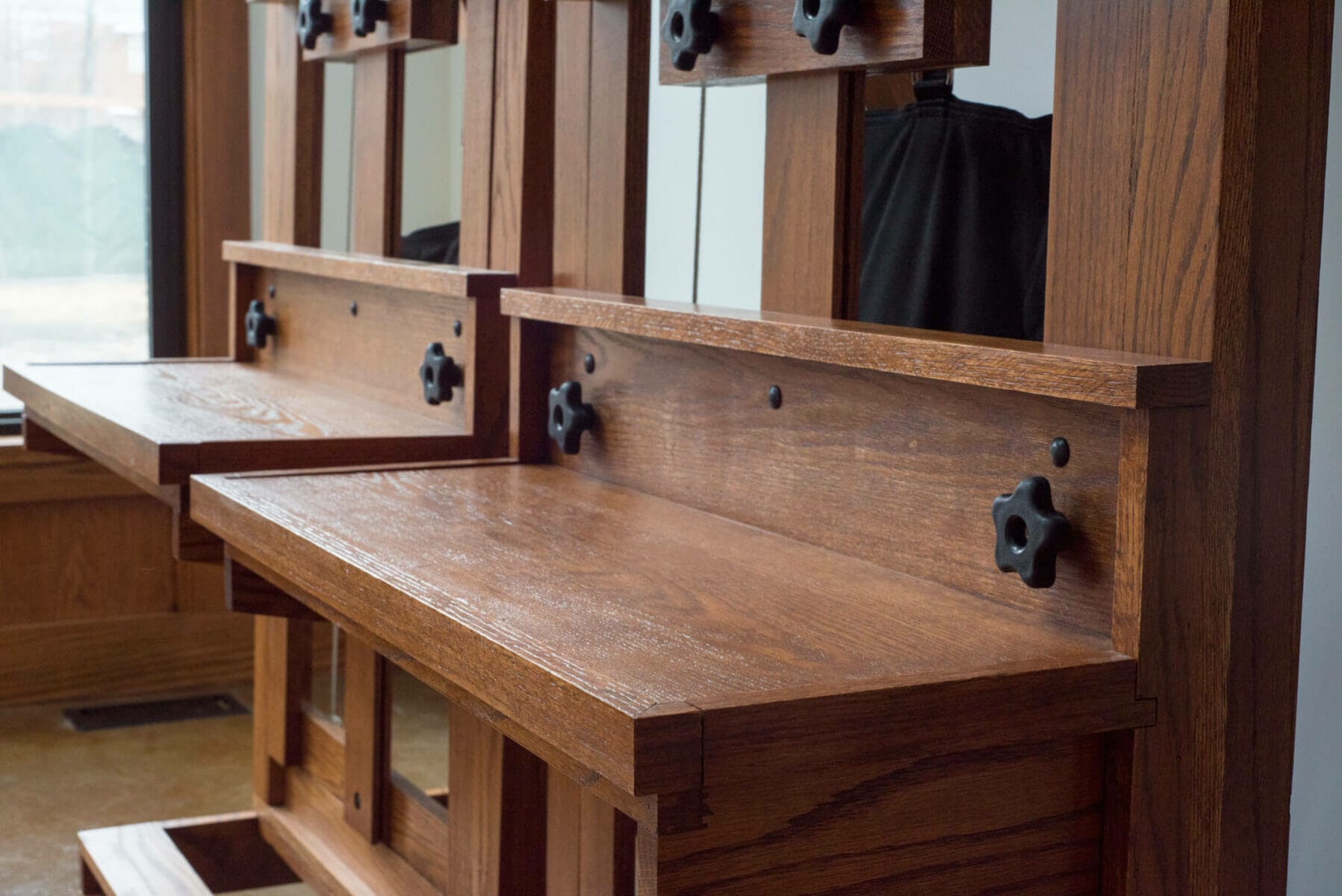

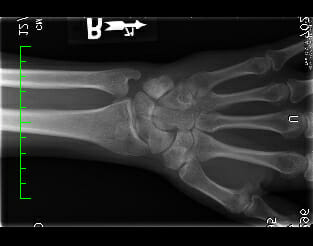
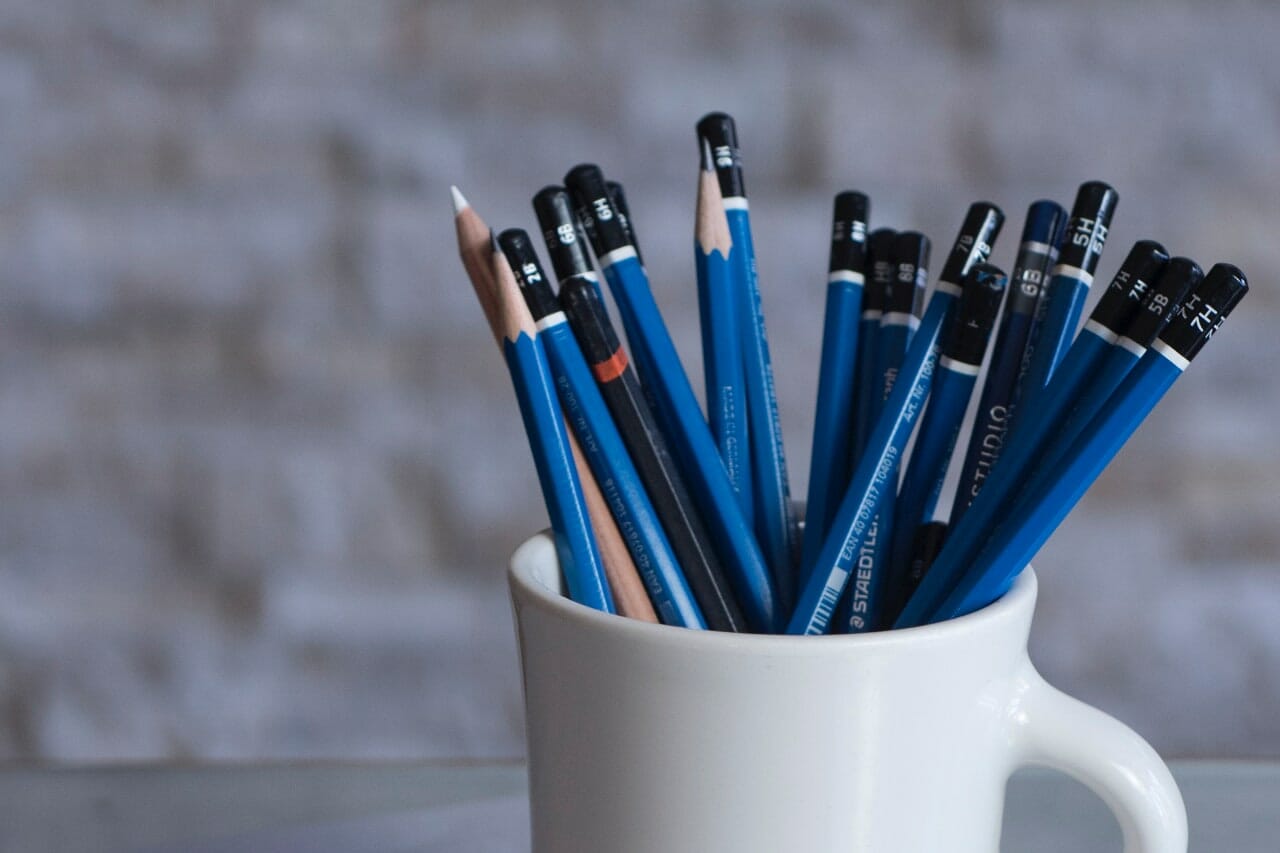

wonderful description , clearing many of my doubts.
Very helpful review. Thanks!
Hey, this article was really informative, and I laughed about the “or use a graphite-only 7B and 8B – which are made of evil”. Also never knew what “burnishing” was until reading this! I will note that on Blick I twice bought the six Mars Lumo Black pencil set, and I got it the HB, 2B, 4B, 6B, 7B, and 8B. However when looking at listing reviews on Amazon, people said they instead got two 2B’s, two 4B’s, and one 6B and 8B. Idk if Staedtler got rid of their 7B and Blick is just selling off this version to make way for this version? I’m not sure honestly, but I figured I comment this for others to know.
Amazing Explanation with practically every step illustrated brilliantly. I have all kinds of Pencils, but need to explore Oregon inview of this article. Thanks a lot.
Thank you so much for writing this article! I’ve used the old style 8b pencils combined with oil paint in my work for the last 15 years and have been panicking as my remaining ones get smaller and stubbier, trying out lots of useless replacement pencils. You’re a life saver!
Thanks for sharing such an in depth review! Simply amazing work and research!
I use Prismacolor black colored pencils to add darker values about HB but I’m heading to Blick Art to grab some of these now, thank you!
Hi David,
Thank you for providing this overview, it’s very helpful. I recently completed your online portrait drawing course, which was excellent. For the course, however, I only used the Lumograph blue pencils (plus a white charcoal pencil), which I had ordered from Dick Blick’s online store. The pupils of model’s eyes did indeed become burnished using the blue 8B. Yesterday, I purchased a set of 6 Lumograph black pencils (HB, 2B, 4B, 6B, 7B, and 8B) at my local Michael’s arts & crafts store, and plan to incorporate these in my next drawing project.
Hi Linda,
They do make a difference, although they’re somewhat finicky in their own right. I use them anyway, though, because the darker values they offer are important for the kind of drawings I want to make.
I really need a pencil that rights dark, having a heard time finding them. If you sell them I’ll buy some or can tell me where to get some God bless. I am on ss so can’t be to high! Ty jackie
Just got mine in, can’t wait to try these! Thanks David!
Really informative. Thanks for sharing. I’m ordering today.
Thanks for sharing this. I was looking for such an article. 🙂
Thank you so much for this break down, I am pretty new to serious pencil drawings (for years I have been sketching with a dollar store mechanical, erasing and then watercolor) so the first pencils I bought was a H, B, and HB from a classmate out of her Artist’s Loft pack. They worked great but darn I noticed real quick that not all graphite is equal, and that I am scared of shadows lol. For the rest of the year my plan has been to sketch with my mechanical and go straight to a 2B and so on to push out of my comfort zone. All I have found is that I can’t get to black. I may play around some more with what I have then invest in the blacks set from this article.
In short, thank you so much, I can’t wait to try these out.
Great, Courtney. I’m glad it was helpful!
Thanks for this interesting review. Me personal, I don’t like the waxy feel of the Black line. It is as if I’m working with two mediums in one work.
Well written and a good presentation of the facts. Unlike all the other trash on the internet. I’m not drawing at present, but this kind of inspires me to get back to it. Thanks for the hard work! KO.
Thanks for this really clearly written helpful article. I was using the old Lumograph line and was concerned when the new 8b pencils arrived the other day and were graphite :o. I have just ordered some of these lumograph black pencils, I am very excited to try them, and i will inform all of my pencil artist friends to give them a go. Hopefully as you say this will stop the line being discontinued.
Thank you so much!!!! I thought I was going crazy buying the 8b and getting a fake box. apparently not!
Hi David,
In the event that Staedtler does decide to discontinue the Mars Lumograph Black, do you know of any other brands that offer similar pencils?
Perfect. Ordered!
Excellent article. I wasn’t aware of them but am now looking forward to trying them out.
Thanks for the detailed article! I ordered a set. I truly enjoy your videos, btw.
Got mine today. Time to sketch something.
Great article. I ordered two of each of the sizes recommended from my supplier but the 8 B Black series was not listed in their offerings. I am looking forward to testing them when they arrive.
Stay Healthy
C.W.